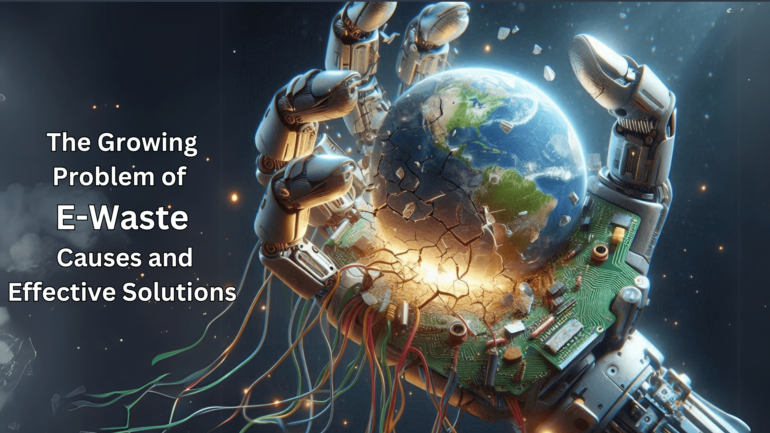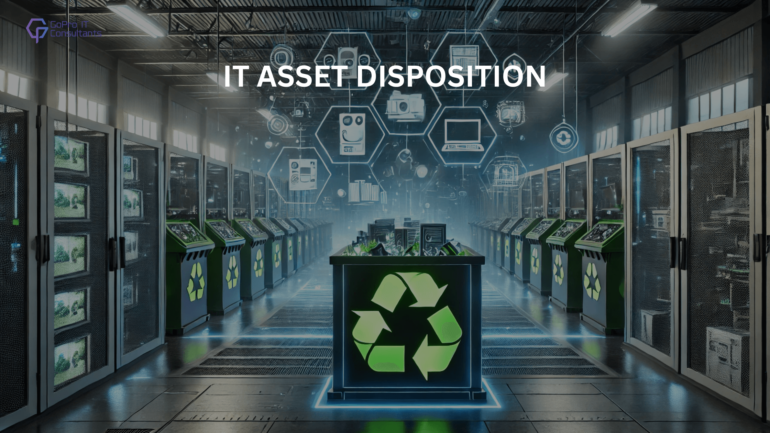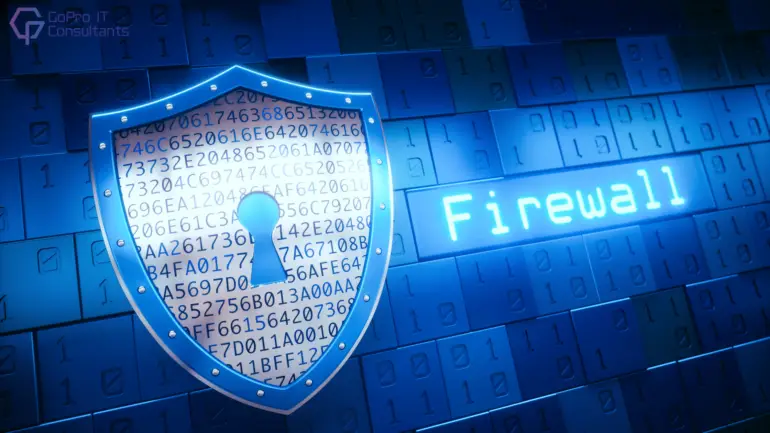
Introduction: Understanding the E-Waste Crisis Electronic waste, commonly referred to as “e-waste”, is one of the world’s fastest-growing waste problems, with millions of electronic gadgets becoming obsolete each year due to technology’s advancement and our increasing dependence on it. From laptops and smartphones to IT equipment weighing tons in weight – including laptops containing hazardous substances that could enter our environment, causing considerable harm and worsening health impacts – being dumped unknowingly poses serious environmental hazards that must be managed responsibly to create long-term sustainable solutions. Understanding its scale is the first step toward developing sustainable, responsible solutions. What is included in E-Waste? E-waste refers to discarded electrical or electronic devices that are no longer functional or have been replaced by newer models. These include: What does E-Waste Contain? E-waste contains both hazardous and valuable substances. Hazardous substances need to be discarded as they contain harmful substances for the environment. Valuable substances can be recycled and reused for important purposes. Global E-Waste Trends and Alarming Statistics Did you know? Every year, we produce more than 50 million tonnes of electronic waste, which is more than 500 Eiffel Towers! Yet only 20 percent of it is recycled. The rest is thrown into landfills, causing harm to humans and the environment. What’s worse? The world is dumping away the equivalent of $57 billion in precious substances such as silver, gold and copper. If you are thinking of throwing away that old laptop or phone, take a second look! The numbers below may shock you. These figures highlight the need to adopt environmentally sustainable methods for managing e-waste. Government, businesses and consumers all have a responsibility in reducing the environmental impact of electronic waste by using proper disposal methods and taking the help of IT Asset Disposition (ITAD) service providers and circular economic strategies. If we examine the causes, problems and possible solutions, it’s clear that solving the issue of e-waste requires an organized effort. Understanding the problem is just an initial step. It is the action that can lead to actual transformation. Key Drivers Behind the E-Waste Surge The rapid increase in electronic waste isn’t accidental, it is due to a myriad of interconnected factors that force business and consumers to throw away electronic devices at a faster rate than they have ever. From technological advances that surpass accessibility to a variety of hidden strategies that promote frequent updates, the modern technology environment is causing an electronic waste explosion. Understanding the key drivers is crucial to tackle the problem efficiently. 1. Rapid Technological Advancements and Product Lifecycle Reduction The rapid pace at which technology advances is awe-inspiring. Each year, we witness speedier processors, sleeker designs, upgraded features, and enhanced functions on our laptops, smartphones, and various electronic devices. Although it is exciting to see innovation, this also implies that the devices are becoming obsolete quickly, reducing their average life span and causing a culture of perpetual replacement. In the end, millions of usable devices are destroyed because they aren’t able to keep up with changing technology or the demands of consumers. The continuous cycle of updates creates e-waste at a rapid rate. 2. Planned Obsolescence: A Hidden Industry Strategy Not all e-waste is the result of the natural progress in technology. Planned Obsolescence- a deliberate plan used by manufacturers to reduce product life-spans plays an important part in the escalating pollution from e-waste. What is the process behind this? The design of products by companies is in a manner that restricts their durability, repairability and performance as they age, which forces customers to replace them more often. A few common strategies include: An example that stands out is the mobile industry, which sees manufacturers launch new models that are flagship each calendar year with minor updates that make consumers feel pressured to upgrade to the most recent version. Similar to IT hardware, manufacturers remove the support for older models, which makes them more vulnerable to security risks and compels enterprises to upgrade. Although planned obsolescence is a major driver of sales, it also increases how quickly electronic devices are destroyed and exacerbates the e-waste problem. 3. Consumer Demand and the Disposable Tech Culture In the fast-paced world of today, newer is always more efficient– or so we’re led to believe. The emergence of consumerism has created the development of a technology culture that is disposable in which devices are not designed to last but are replaced. Furthermore, affordable electronics and aggressive marketing strategies allow individuals to purchase new devices rather than fix older ones. Why repair a broken laptop instead of buying an entirely new model for an extra few dollars? Why should you change the battery when a new one is through the installment plans? This mentality has resulted in the throw-away culture in which electronics are considered disposable instead of long-term investments. In the end, the landfills are still stuffed with devices that are discarded, a lot of which are filled with valuable materials that could have been reused by recycling. Breaking the Cycle: Moving Toward Sustainable Tech Practices The issue of e-waste won’t be solved until we change these industry practices and change the mindset of consumers. Companies should focus on environmentally sustainable design, long-lasting products, durable devices, or repair models that are more eco-friendly, and consumers should adopt mindful purchasing practices and responsible disposal methods and IT asset Disposition (ITAD) Services to extend the lifespan of their products. If you are thinking about upgrading your gadget, think about this: Do I require a new device, or am I stuck in the loop? Making informed choices can reduce the amount of e-waste you generate and lead to a more sustainable future. Environmental and Health Impacts of E-Waste Mismanagement Inadvertently recycling electronic waste isn’t just an increasing quantity of abandoned gadgets. This is a serious health risk and ecological alarm. Every year, millions of tonnes of electronic waste are dumped in landfills or aren’t properly handled and release poisonous chemicals that harm living organisms and even threaten the lives









